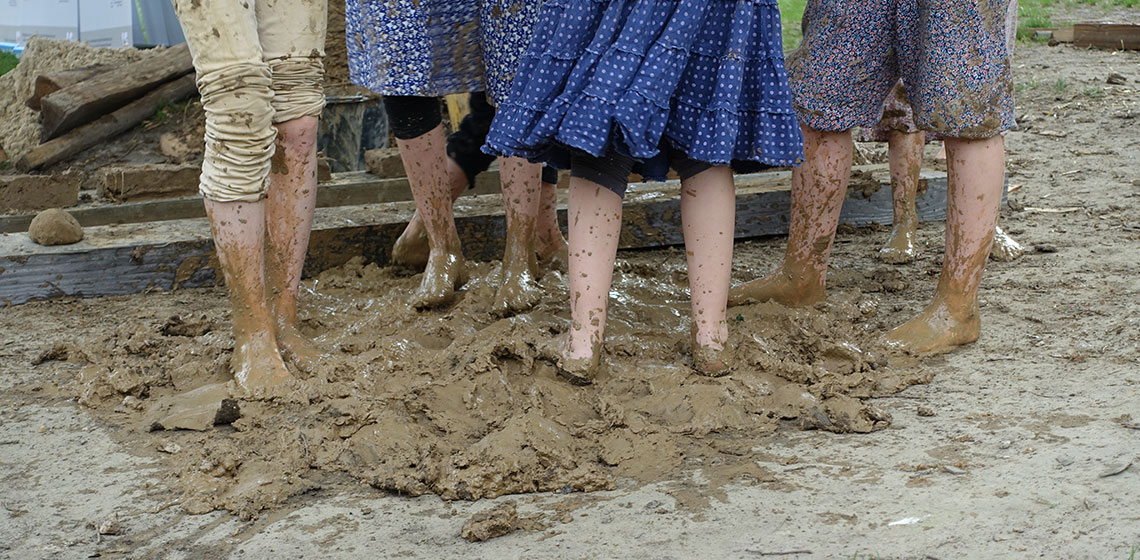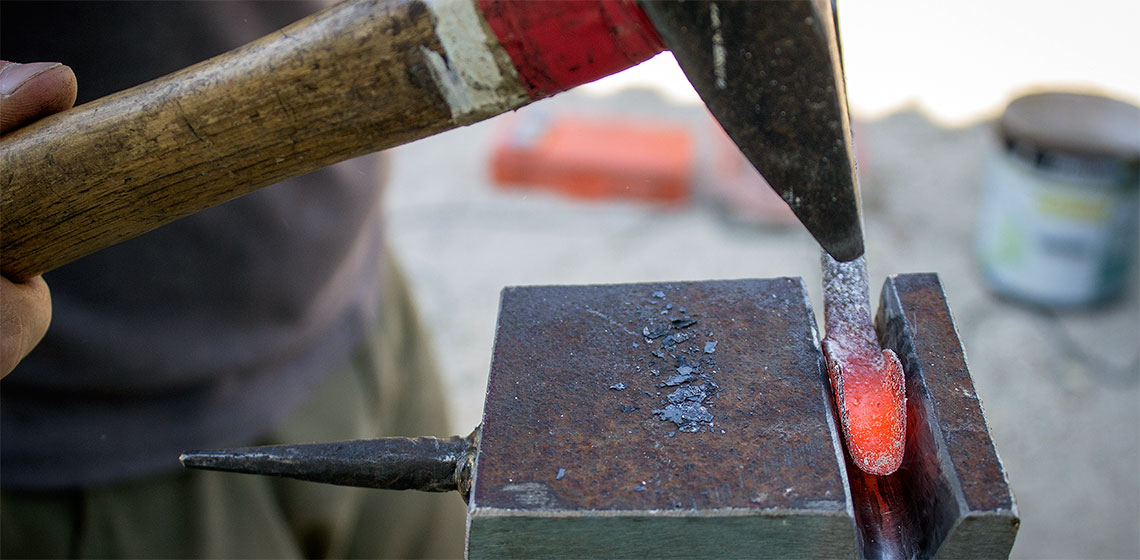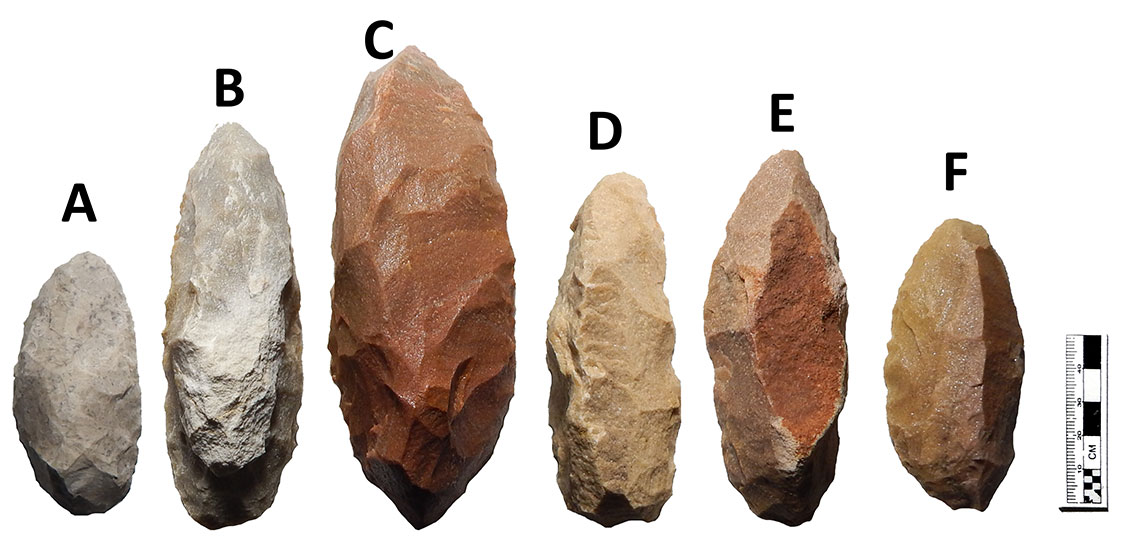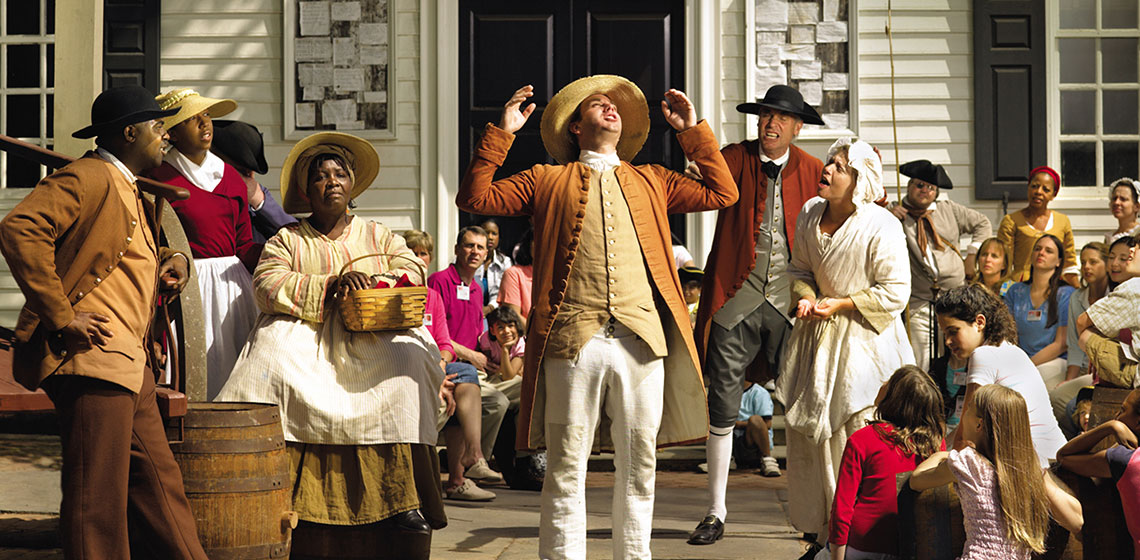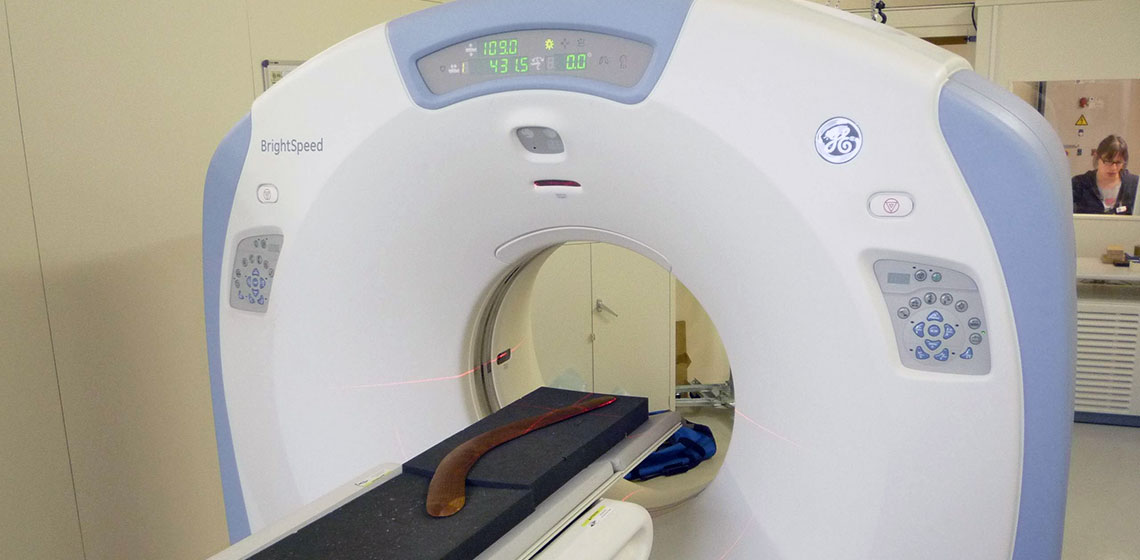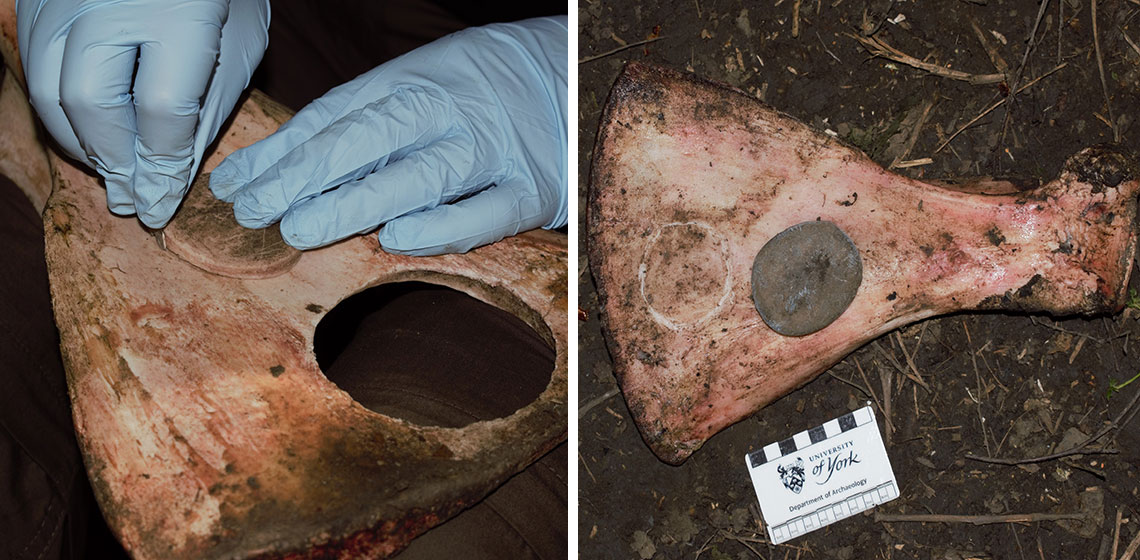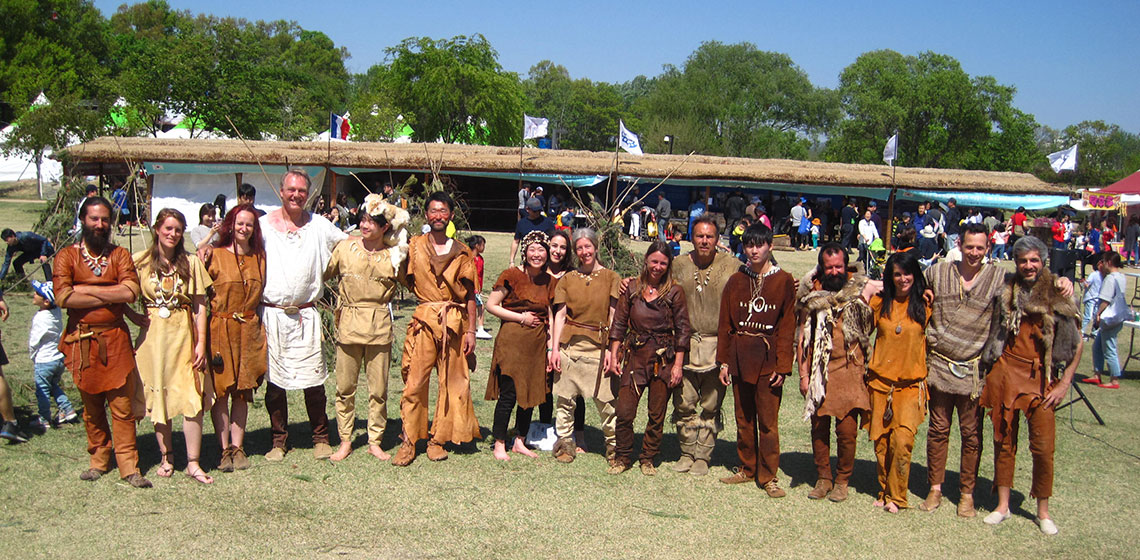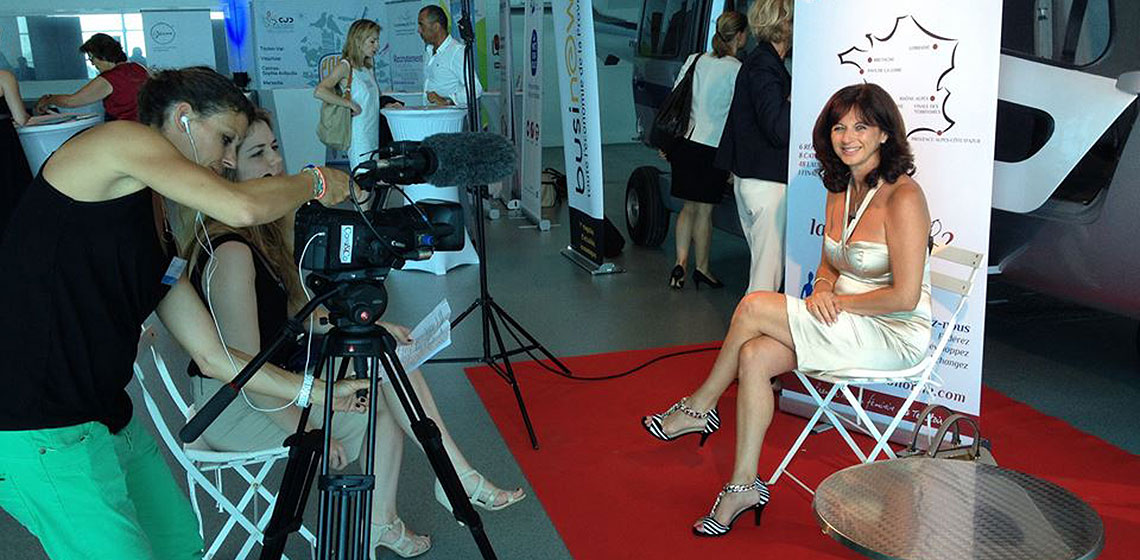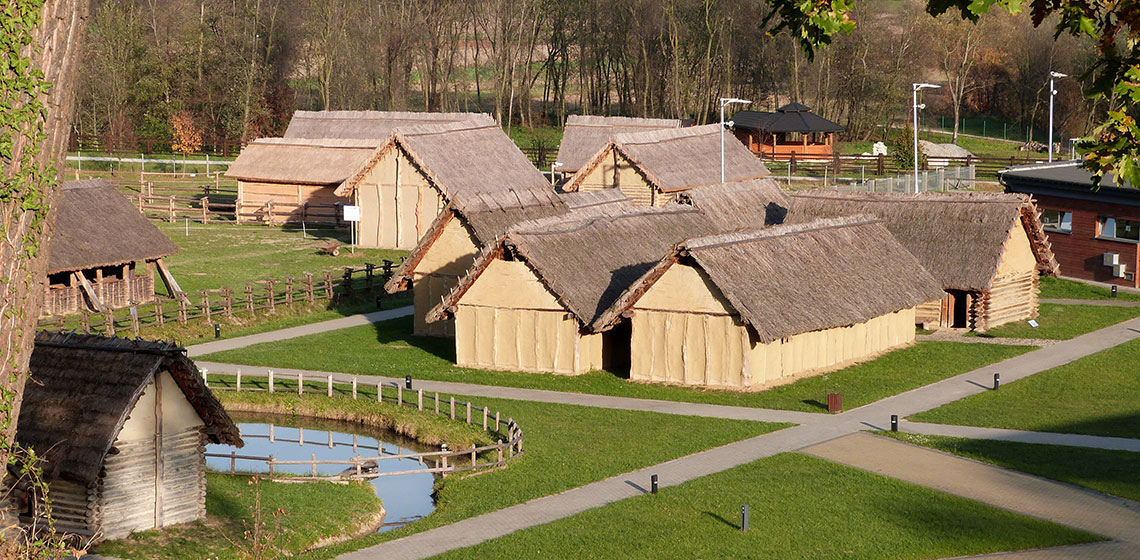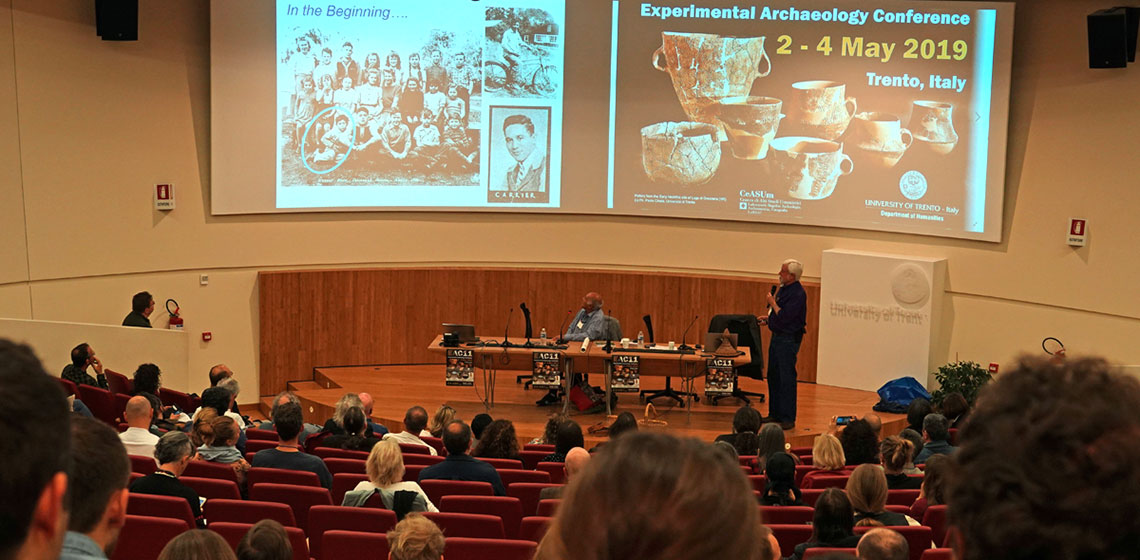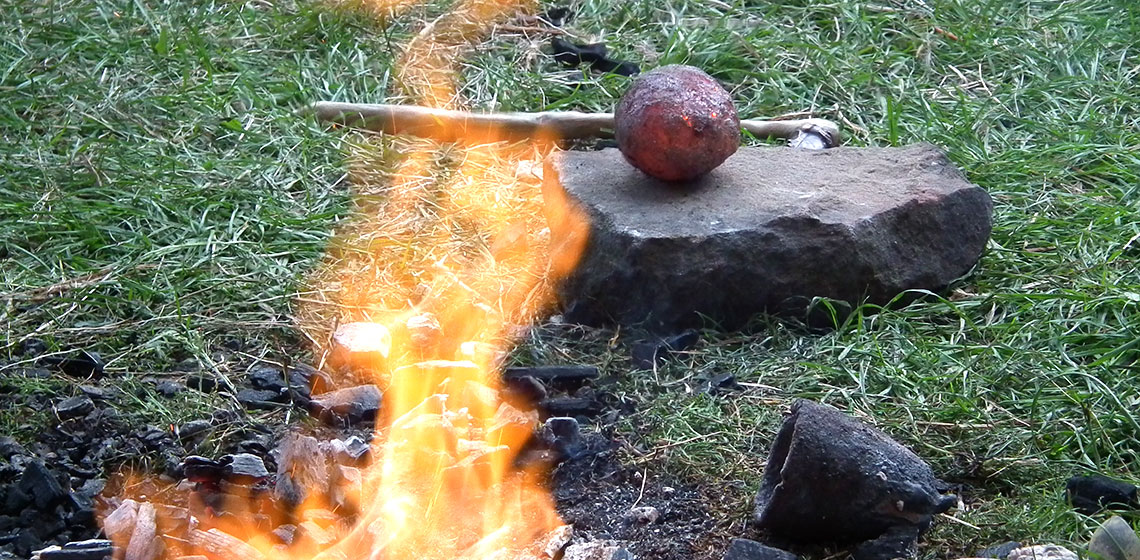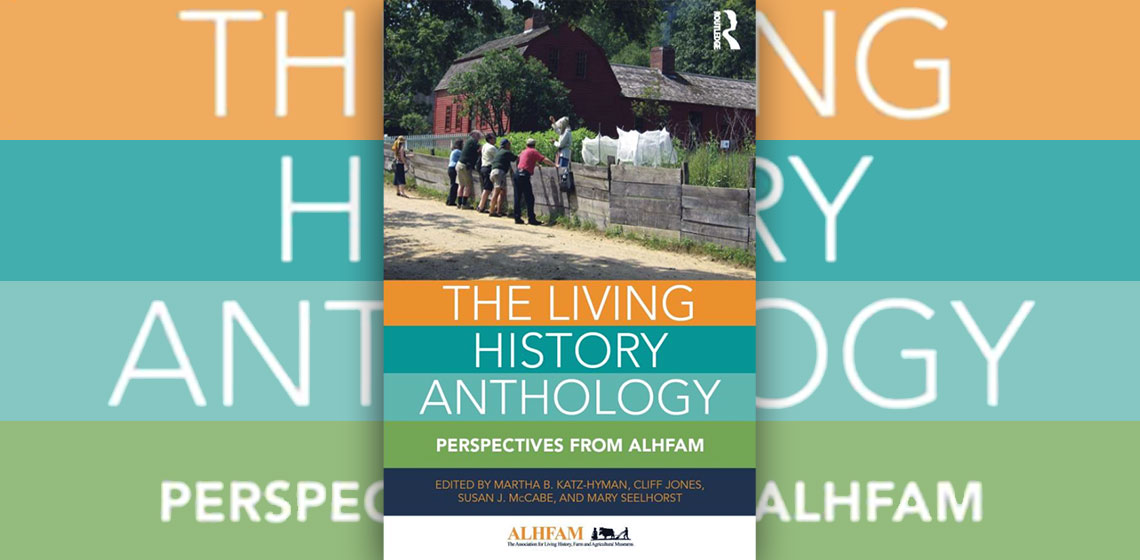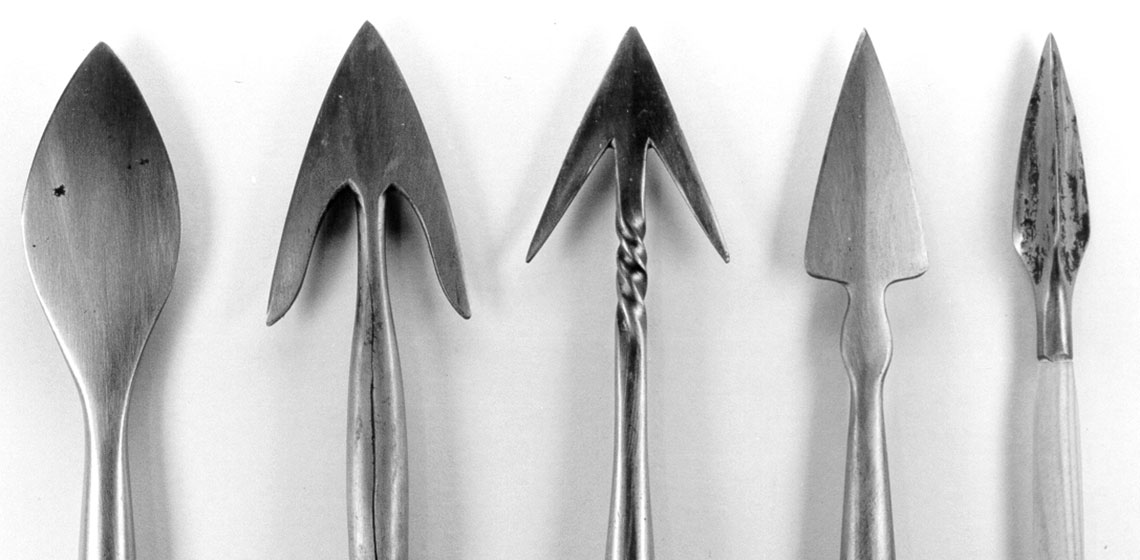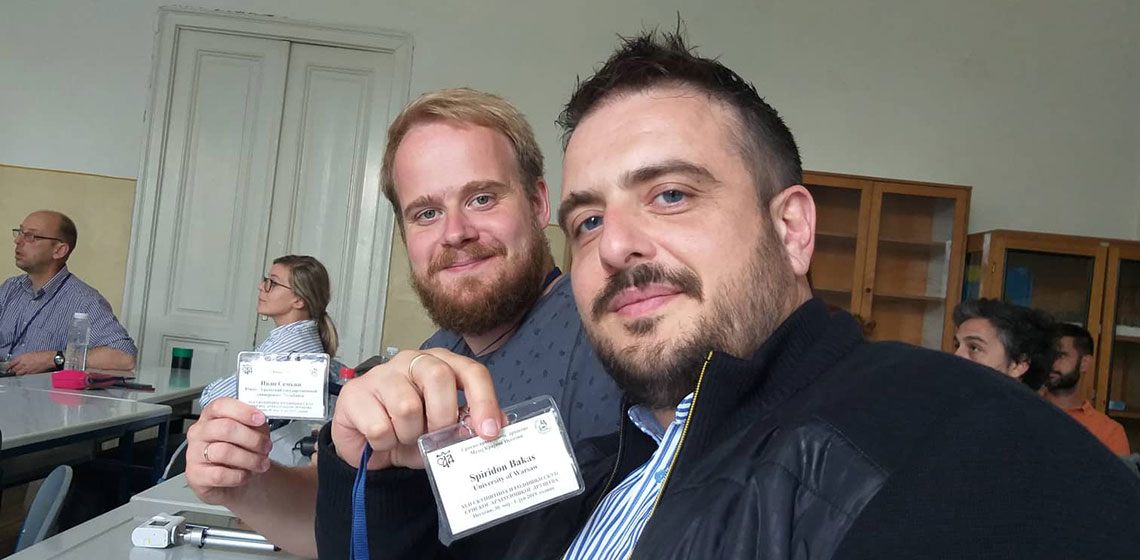EXARC Journal Issue 2019/3



15 Articles | DOAJ | Open Access
ISSN: 2212-8956
Publishing date: August 15, 2019
📄 EXARC Journal 2019/3 Table of Contents
Copyrights: EXARC, 2019
Summary
We managed to publish the third EXARC Journal of this year by the end of Summer. It counts seven reviewed articles, some of which were presented at the EXARC Conference on archaeological open-air museums in Kernave (LT) in 2018, about Düppel in Berlin (DE) and Colonial Williamsburg in Virginia (US). Further, authors discuss lithic technology from Brasil, the analysis of metal points, rondelles, throwing sticks, and a late Bronze Age horse bridle.
Then we also have 8 unreviewed short articles, mainly reviews of events and conferences (South Korea, Italy, Germany, Poland & Serbia), a book review and short articles on How to Communicate an Event to the Media and Shooting Experiments with Early Medieval Arrowheads. Have fun reading!
Reviewed Articles
Engaging Diverse Audiences at the Archaeological Open-Air Museum Düppel in Berlin – Practical Examples and New Strategies
***In 1939, a boy called Horst Trzeciak was playing on a piece of land on the outskirts of Berlin. While playing, he found a number of pottery sherds. In an exemplary fashion he brought the sherds to the “Märkisches Provinzialmuseum”, which was, at that time, the city museum of Berlin...
Experimental Analysis of Metal Points from Quattro Macine: Reproduction and Interpretation
Bringing Experimental Lithic Technology to Paleoamerican Brazilian Archaeology: Replication Studies on the Rioclarense and Garivaldinense Industries
Let’s Do the Tine Warp Again: Reconstructing a Late Bronze Age Bridle from Moynagh Lough, County Meath, Ireland
Colonial Williamsburg: Archaeology, Interpretation & Phenomenology
***When I began investigating this conference I was unclear as to how well EXARC’s focus on experimental archaeology would blend with International Museum Theatre Alliance (Imtal)’s approach of museum theatre and interpretation. They seem after all, two very different disciplines...
X-Ray Tomography and Infrared Spectrometry for the Analysis of Throwing Sticks & Boomerangs
In 2009, confronted to the study of throwing sticks collections from several museums and private collections (including more than three hundreds artefacts) and the need to evaluate their aerodynamic and functions, I developed a throwing stick classification and a methodology to measure their characteristics (Bordes, 2014). This approach is complementary to the gathering of ethnographic or archaeological contextual data to confirm or invalidate hypotheses about theirs functions.


